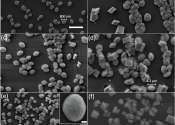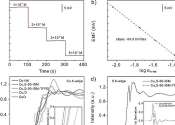As ocean surfaces acidify, a deep-sea acidic zone is expanding, and marine habitats are being squeezed
In the deepest parts of the ocean, below 4,000 meters, the combination of high pressure and low temperature creates conditions that dissolve calcium carbonate, the material marine animals use to make their shells.









